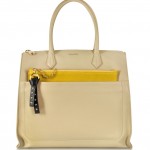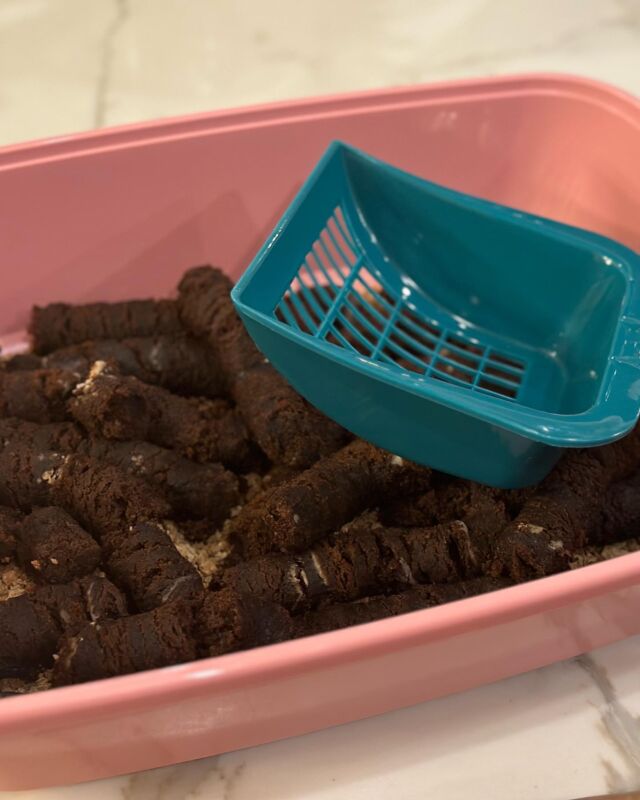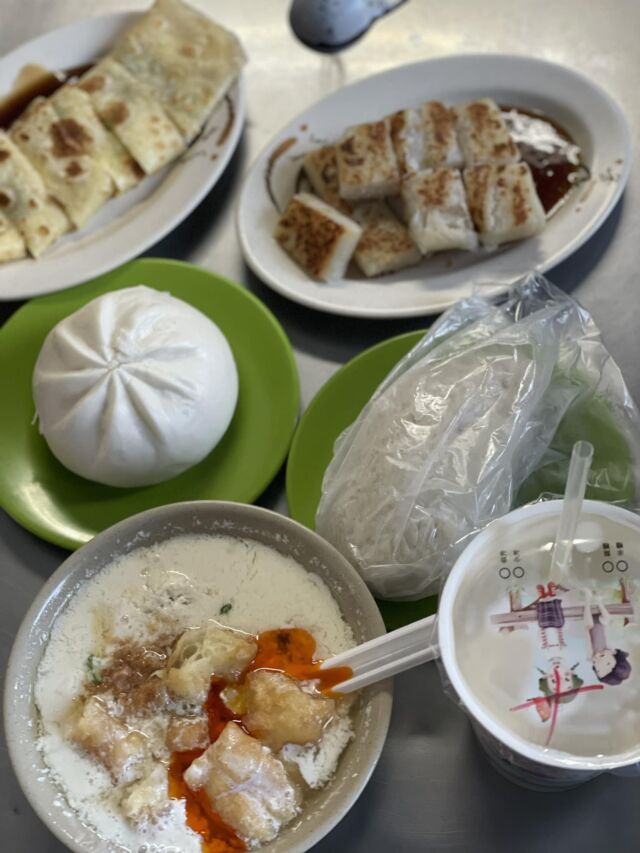If you’ve ever felt intimidated by a Bible-sized wine list at a highbrow restaurant or wondered how to best pair your food with wine, we’ve got answers for you. We asked Garrett Smith, the sommelier at the Michelin-starred Daniel, to share with us eight things he feels that everyone should know about wine. Here’s to impressing your date next time you go out…
Never allow yourself to be intimidated by a sommelier, a wine list, or the drink card. It’s all overwhelming, but you know that if we didn’t provide you with all of the necessary resources, you’d be upset about the lack of choice instead of the plethora you now have. We are your best friends as sommeliers, managers, captains, in that we have your best interests at heart. Trust me, I could be making twice as much money working in television or beating the streets selling wine from a distributor, but I choose to be here, with you, in this restaurant. Talk to me. We have 20,000 bottles. There’s a white and a red wine there for everyone, and I want to find it.
Chardonnay is not evil, nor is Zinfandel. The reality is, that there are an incredible amount of different iterations of any particular grape, the differences related to climate as much as the winemaker’s touch. Chardonnay’s reputation is victim to some poor winemaking in the 20th century, resulting in wines that tasted or smelled like buttered popcorn and gave birth to the “ABC: Anything But Chardonnay” movement.
Champagne smells like nothing in a champagne flute. It’s so nondescript to smell or taste it out of those thin, flaccid glasses that are designed to allow you to see the trail of bubbles. I love to watch the bubbles, trust me. Please allow yourself, however, to think of Champagne as a wine just like any other. Put your Blanc-de-Blancs in a Chardonnay glass, and your Rosé or Blanc-de-Noirs in a Pinot Noir glass, and just allow the haunting aromas to dangle in your face. Champagne is glorious, and you should experience it in every way. Try the Zalto “multipurpose” glass.
Cork is good for wine. It allows a little oxygen to creep in at a very slow pace over time, and doesn’t lend any weird flavors to wine the way that screw caps (replace the displacement of the cork in the neck with more wine and more SO2) and synthetic corks do. Plus, they make cool mementos. Some guests write down the dates and restaurant names on the corks; I still have corks from some of my most seminal wine moments in my life, and remember exactly the feeling I had when I tasted those wines.
Everyone is a unique and beautiful snowflake, in the sense of taste anyway. If we all had the same palate, I would not have a job. My palate, most likely more experienced than yours it may be, could be exactly opposite of yours. It’s really fun sometimes to just tell someone to “just serve whatever you think is best,” but you’re doing yourself a disservice, believe it or not. You know what you like, and you want me to impress you. I actually want to know what you love and hate.
What is a great vintage to the critics may not be the wines you like! Again, their palates may be different than yours.
There are laws governing food and wine pairings, but in all reality it is more art than science. The structure of wines and food will dictate some matches or rule others out. Tannin is a gigantic piece of my puzzle in this way. Tannin comes from the skins of grapes, as well as from oak. It’s very perceptible when you haven’t had a red wine yet that day, or when it comes from highly tannic grapes like Cabernet Sauvignon or especially Nebbiolo. Tannin will literally turn tender, oily fish to dust in your mouth. It will, however, sink beautifully into that creamy risotto, the fat absorbing the harsh, jagged edges of the Nebbiolo and letting you taste the fruit for once.
Acid is another important structural element; High-acid whites like Riesling, Gruner, Sauvignon Blanc and some Chardonnays allow pairings to work seamlessly with fatty fish, or oily or briny dishes, or dishes that have a lot of acid themselves. Take a ceviche, for example: citrus-marinated fish is a common version, and if you pair a flabby, low-acid Viognier with this, nothing good will happen. The acid in a Riesling will make the dish seem less sharply acidic, and allow you to taste the natural sweetness of the fruity flavors and the purity of the fish.
Flavors are all relatable in the world of food, wine and spirits. If you’re a scotch drinker and want to try wine, we would talk about wines that have a good oak presence, a certain earthiness and herbal quality to play off of the peat, unless you’re a Macallan kind of lady or gent, in which case a softer, smoother style with less herbal quality may be in order. That’s pairing to a palate. In pairing to a dish, look to the flavors and mirror them in the wine. I look to a classic dish of Daniel Boulud, the Black Sea Bass with Syrah Sauce. Tender white fish that isn’t overly oily – meaning it won’t need anything with raging acidity – with a dark wine and butter sauce. Let’s play off of that and do a wine of similar color. We know tannin isn’t good for fish so we look to thin-skinned grapes like Pinot Noir or Syrah, especially cool-climate versions like Rhône Valley Syrah or French Pinot Noir. Boom. There’s a pairing. Another way to pair dishes is to look to the origin of a classic dish. Barbeque is a largely American creation, and American Zinfandel is amazing with it. Oysters are hugely popular in regions near the water, like the Loire Valley, or Washington State, and you see the dry, minerally whites popping up frequently in those regions. If I get a classic Venetian-style pizza, I want the cheapest wine from the Veneto to accompany it, because you don’t serve $500 Amarone with pizza; you serve the village wine! I’ll admit, Rosé goes with everything, as does Champagne, and it always feels like cheating…but it feels so good.









